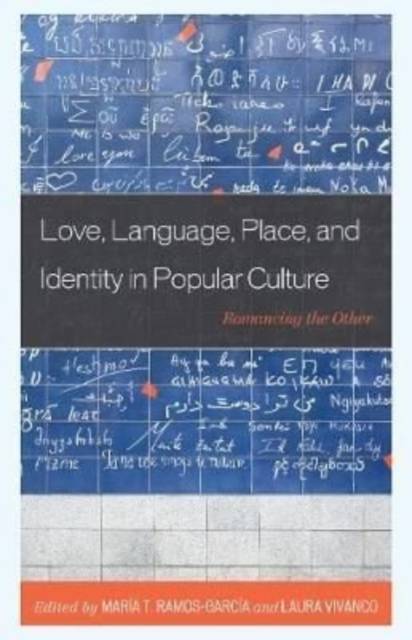
- Afhalen na 1 uur in een winkel met voorraad
- Gratis thuislevering in België vanaf € 30
- Ruim aanbod met 7 miljoen producten
- Afhalen na 1 uur in een winkel met voorraad
- Gratis thuislevering in België vanaf € 30
- Ruim aanbod met 7 miljoen producten
Zoeken
Love, Language, Place, and Identity in Popular Culture
Romancing the Other
€ 71,45
+ 142 punten
Omschrijving
Love, Language, Place, and Identity in Popular Culture: Romancing the Other explores the varied representations of Otherness in romance novels and other fiction with strong romantic plots. Contributors' approaches range from sociolinguistics to cultural studies, and the texts analyzed are set on four continents, with particular emphasis on Caribbean and Atlantic islands. What all the essays have in common is the exploration of representations of the Other, be it in an inter-racial or inter-cultural relationship. Chapters are divided into two parts; the first examines place, travel, history, and language in 20th-century texts; while the second explores tensions and transformations in the depiction of Otherness, mainly in texts published in the early 21st century. This book reveals that even at the end of the 20th century, these texts display neocolonialist attitudes towards the Other. While more recent texts show noticeable changes in attitudes, these changes can often fall short, as stereotypes and prejudices are often still present, just below the surface, in popular novels. The understudied field of popular romance, in which the Other is frequently present as a love interest, proves to be a fruitful area in which to explore the potential and the realities of the treatment of Otherness in popular culture. Scholars of literature, communication, romance, and rhetoric will find this book particularly useful.
Specificaties
Betrokkenen
- Uitgeverij:
Inhoud
- Aantal bladzijden:
- 176
- Taal:
- Engels
- Reeks:
Eigenschappen
- Productcode (EAN):
- 9781498589406
- Verschijningsdatum:
- 10/05/2022
- Uitvoering:
- Paperback
- Formaat:
- Trade paperback (VS)
- Afmetingen:
- 152 mm x 229 mm
- Gewicht:
- 258 g

Alleen bij Standaard Boekhandel
+ 142 punten op je klantenkaart van Standaard Boekhandel
Beoordelingen
We publiceren alleen reviews die voldoen aan de voorwaarden voor reviews. Bekijk onze voorwaarden voor reviews.










